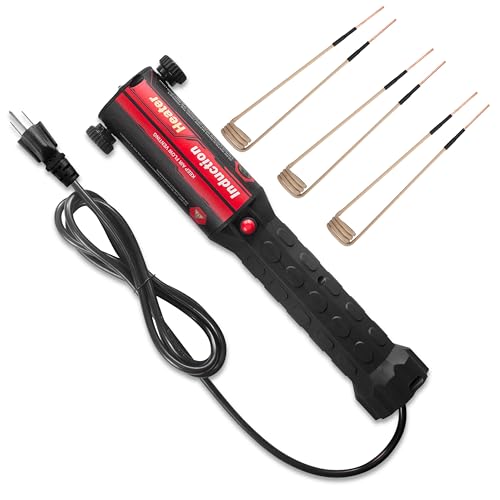440shorty
Well-known member
Why?
I do not have the answer, but non-reciprocating engines are actually LESS efficient than piston engines, at least in a ground-going rubber tired vehicle. A friend of mine has an RX-8 Wankel Rotary powered car (built 2006?) that only gets about 18 mpg average. The Chrysler Turbine (and any other for that matter) had lousy economy also, partly because the engine only produces usable torque starting at somewhere around 16,000 rpms, which uses quite a bit of fuel. Even two-strokes piston engines, which make power on every down stroke of the piston, can be less efficient. Another characteristic of two stroke piston engines, turbines, and rotary engines is that they all burn dirty compared to the good old four stroke piston engine.
Consider this: Railroads played with gas-turbine/electric locomotives. Diesel/electrics won out - cheaper to maintain and operate! And locomotives enjoy the luxury of easier packaging - weight is a good thing, and they have more room.
Besides, four-stroke piston engines do not require expensive materials or manufacturing processes, last a long time with minimal maintenance, and can be packaged to fit in road-going machines.
Trivia question: Where is the engine in a SMART car?
440shorty
P.S. As for mileage, we take the penalty of comfort and safety - both of those add up to over 3000# (closer to 4000#), especially when we sit our butts in them and fill them with stuff. It is going to take a minimum given amount of energy to move the mass over a given route no matter what. All we can do is attempt to make the energy conversion as efficient as possible. We have already established the minimum weight for four+ passenger vehicles with cargo space.
No answers, just more questions.
I do not have the answer, but non-reciprocating engines are actually LESS efficient than piston engines, at least in a ground-going rubber tired vehicle. A friend of mine has an RX-8 Wankel Rotary powered car (built 2006?) that only gets about 18 mpg average. The Chrysler Turbine (and any other for that matter) had lousy economy also, partly because the engine only produces usable torque starting at somewhere around 16,000 rpms, which uses quite a bit of fuel. Even two-strokes piston engines, which make power on every down stroke of the piston, can be less efficient. Another characteristic of two stroke piston engines, turbines, and rotary engines is that they all burn dirty compared to the good old four stroke piston engine.
Consider this: Railroads played with gas-turbine/electric locomotives. Diesel/electrics won out - cheaper to maintain and operate! And locomotives enjoy the luxury of easier packaging - weight is a good thing, and they have more room.
Besides, four-stroke piston engines do not require expensive materials or manufacturing processes, last a long time with minimal maintenance, and can be packaged to fit in road-going machines.
Trivia question: Where is the engine in a SMART car?
440shorty
P.S. As for mileage, we take the penalty of comfort and safety - both of those add up to over 3000# (closer to 4000#), especially when we sit our butts in them and fill them with stuff. It is going to take a minimum given amount of energy to move the mass over a given route no matter what. All we can do is attempt to make the energy conversion as efficient as possible. We have already established the minimum weight for four+ passenger vehicles with cargo space.
No answers, just more questions.


















































